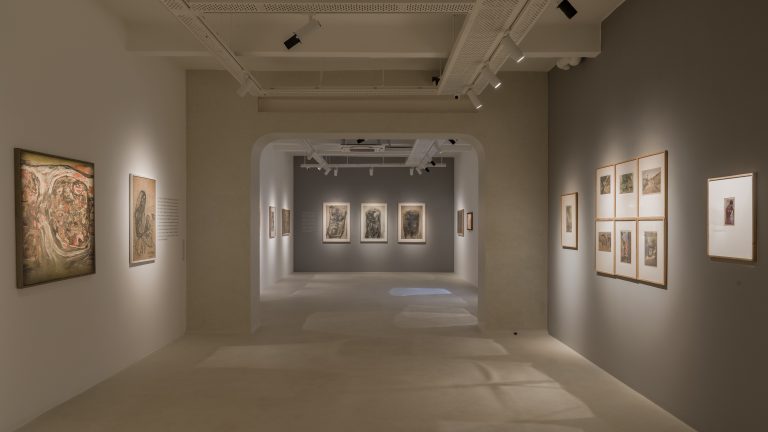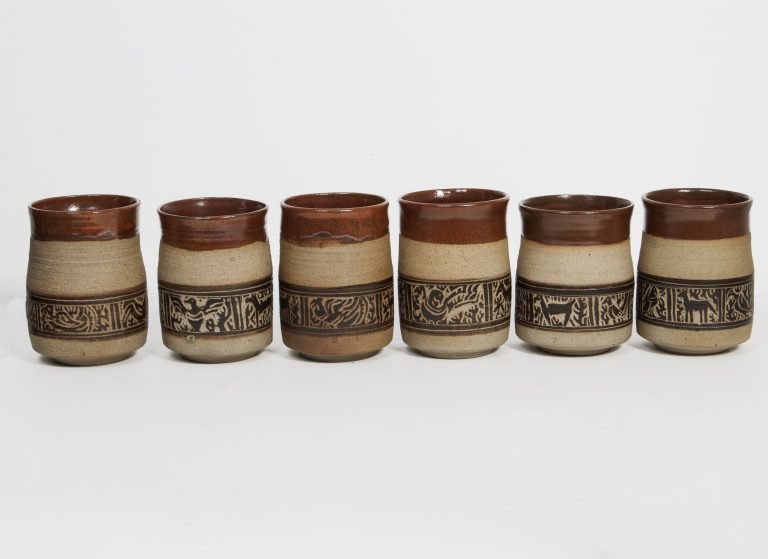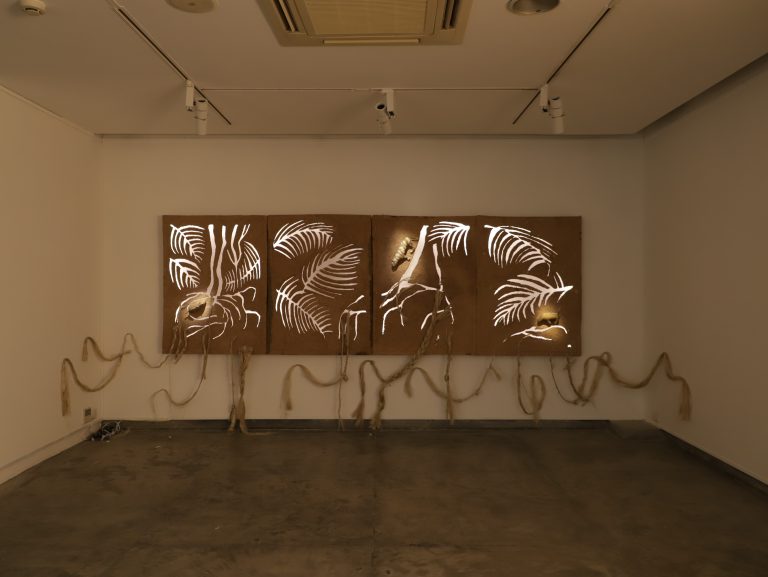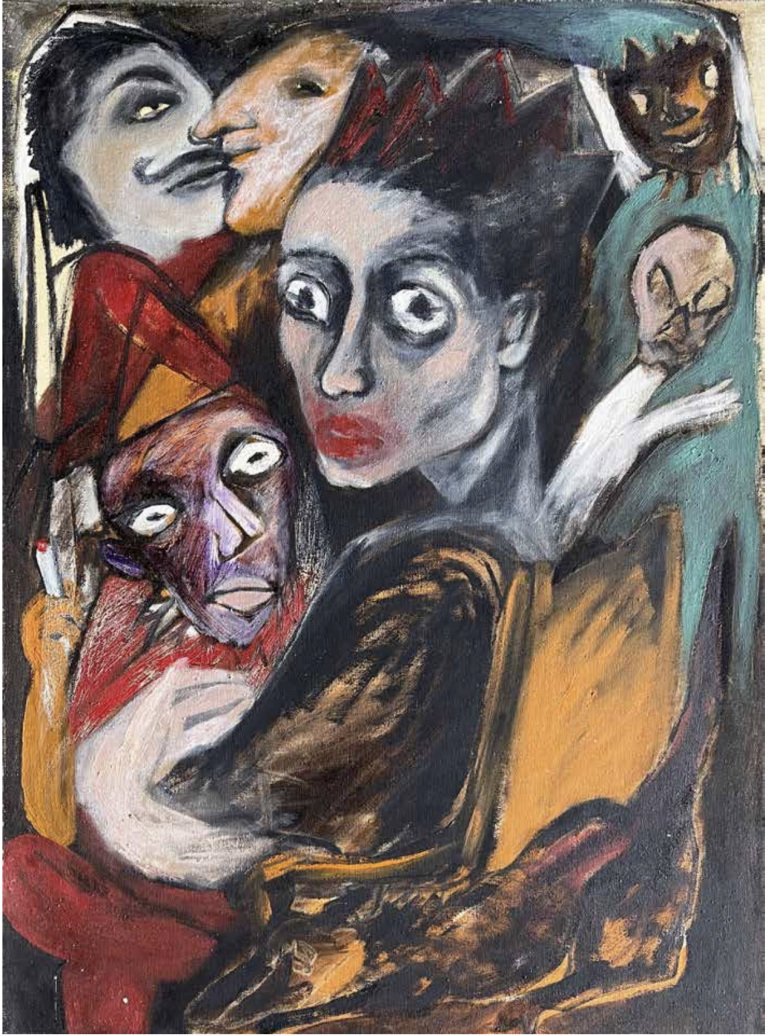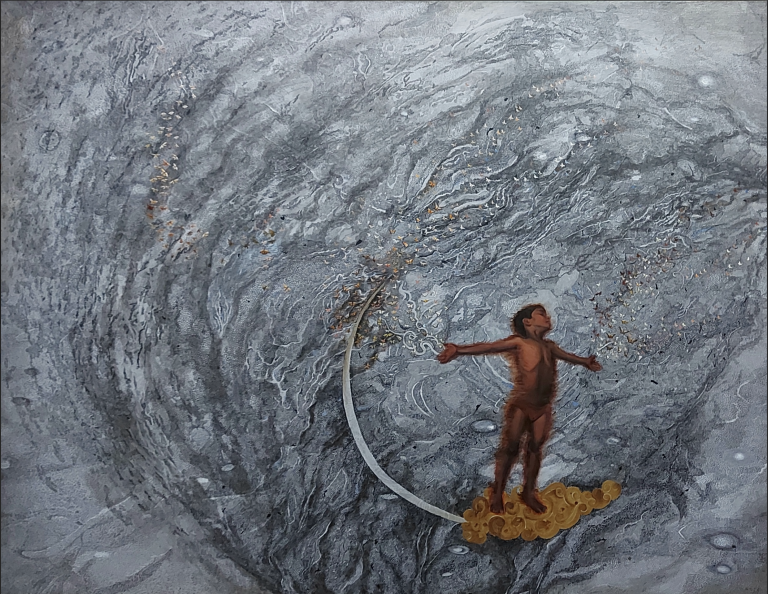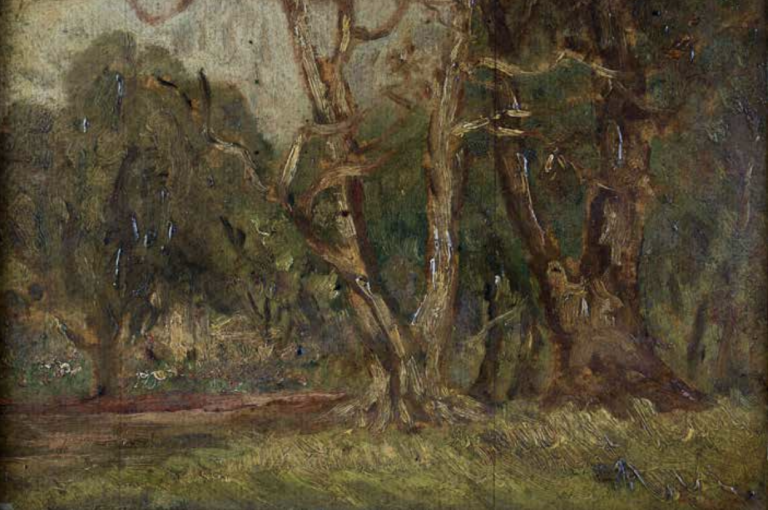#AustralianCentreforContemporaryArt
Review
By Meera Menezes
Ravikumar Kashi’s ‘Fragile Worlds’ at the Museum of Art and Photography, Bengaluru, evokes the permeability of form, memory, and meaning. Through delicate, net-like sculptures and poetic explorations of language, the exhibition invites viewers into a tactile, immersive meditation on fragility, interconnectedness, and the porous edges of self and society.
Read More
Review
By Aranya Bhowmik
This review by Dr. Aranya Bhowmik explores In Celebration: Jogen Chowdhury at Art Exposure Gallery, Kolkata. Curated by Soumik Nandy Majumdar, the exhibition traces Chowdhury’s evolving visual language—spanning refugee memories, surreal dreamscapes, and politically charged figures—revealing a deeply personal modernism marked by psychological depth, empathy, and cultural rootedness.
Read More
Review
By Janeita Singh
A Review of Waswo X Waswo's show Heaven (And That Other Place), held during 10 October - 17 November, 2024 at GALERIE ISA, Mumbai.
Read More
Review
By Aranya Bhowmik
Review Of Spaces of Their Own: Women artists in early 20th century India, Curated by Aparna Roy Baliga and Debdutta Gupta, September 19 - October 15, 2024, Akar Prakar, Kolkata.
Read More
Review
By Archana Khare-Ghose
A special feature of the show were the profound texts that accompanied some of the works. That was another point of convergence for the three participating artists—all of them are remarkable writers, in the words of the curator, who has not shied away from sharing their creative output in the written form as well. The show pushed the boundary of viewing art through our traditionally calibrated lenses and, in doing so, put KNMA in a different league of nurturing Indian art (needless to say, it is already in a different league altogether). With an overwhelming majority of Indians consuming and creating art through conventional tropes, shows such as ‘The Elemental You’ awaken us to the limitless possibilities that we ignore for the sake of convenience.
Read More
Review
By Rajarshi Sengupta
In many ways, Sengupta’s project is situated between “a river of unrest” and “a delta of dreams.” It is the silent space that occupies the void between evidences, oral narratives, sensory experiences, memory and creative reconstructions. Calcutta and its colonial history have been addressed in her art projects the last two decades offering an unique perspective to assess and apprecitate the city’s entanglement of past and the present. In this recent project, Matiaburj (in which mati indicates clay/mud, and burj implies tower) in south west of Calcutta by the river remains a key site where authoritarian and local histories juxtapose, where fiction-like facts makes way for Sengupta’s ambitious creative reimaginations. With a mindful selection of historically informed materials, that include inherited and constructed textiles, jute fibre, paper pulp and graphic prints, archival history is brought in a dialogue with sensorial experiences.
Read More
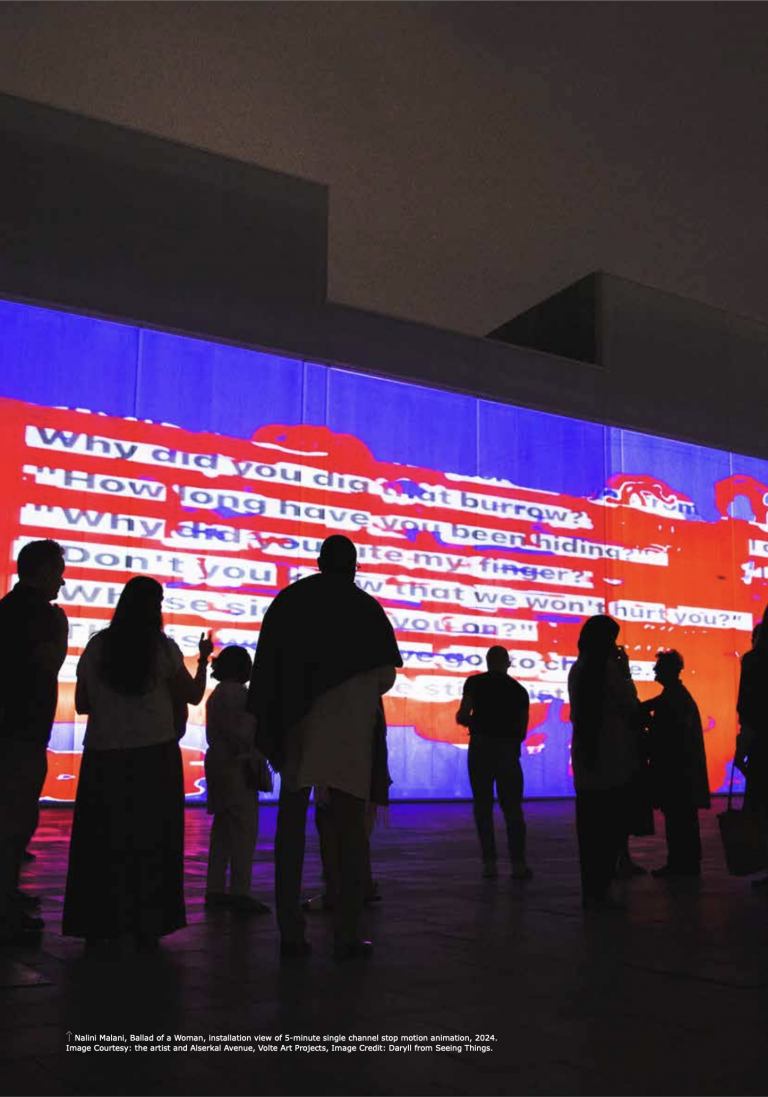
Review
By Zahra Jewanjee
‘Can You Hear Me?’ is a triggered, and triggering, response to a shocking incident of recent history. It drives Nalini Malani’s narrative into an animation where the central protagonist is an 8-year-old girl, whose soul eventually metamorphoses into that of a bird. The show is composed of a sprawling nine- channel video installation, featuring over 88 iPad- drawn animations created between 2018 and 2020, reorganized into a form of an ‘Animation Chamber’. It refers to this poor child’s violent assault and eventual murder by seven men, inflaming already stretched age-old religious tensions and sparking a debate on communal hatred that became a national and international news story, that unfortunately continues to gain notoriety due to shockingly similar and regular reoccurrences. The imagery is loose, and the text is interlaced and juxtaposed, its treatment is playful yet compelling, hiding its dissolute and bleak reality in light-hearted colour changes and buoyant edits.
Read More
Review
By Indrapramit Roy
“We are meant to survive… beyond our stories " was a selected overview which showcased the Godrej collection of Rekha Rodwittiya’ work of four decades. After completing her Bachelor studies from Baroda she was the first recipient in the field of fine arts of the prestigious Inlaks scholarship to study at the Royal College of Art, London. Upon her return to India Rekha claimed a space for her unequivocally feminist ideology and established herself as an important and powerful voice that questioned the status quo of the art establishment and carved a niche for herself in less than a decade from the start of her career in 1985. “We are meant to survive…” covered the whole gamut of her oeuvre from her student days in Baroda and RCA to her latest offerings from the 2020s. One might be tempted to call the show a mini retrospective although not designated as such officially.
Read More
Review
By Avantika Bhuyan
The recent body of work, which was displayed in the solo ‘A Bend in the River’, stands as a testament to Pratul Dash’s ongoing effort to draw connections between ecology and the human mind. Pratul Dash’s works read like manuscripts. Every part of the canvas tells you its own story, only to come together in one cohesive narrative when viewed as a whole. You keep coming back to the works, even the smaller ones, to discover something new that the artist is trying to tell you. What is the truth?
Read More
Review
By Epsita Halder
Navigating through the gallery space of the Kolkata Centre for Creativity (KCC), Kolkata, was overwhelming for visitors as around 100 odd artworks of Gobardhan Ash (1907-1996) emerged slowly as visceral experiences around them. The Gobardhan Ash Retrospective Exhibition (1929-1969), archived and documented by Princeps, curated by Brijeswari Kumari Gohil and Harsharan Baksh and housed by the KCC, displayed Ash’s artworks that came out of the most creative four decades of the artist’s life. The artworks were supported by a well-organised timeline (across an entire wall) to help the viewer understand Ash’s growth as an art practitioner as he journeyed across forms, locales and institutions.
Read More







